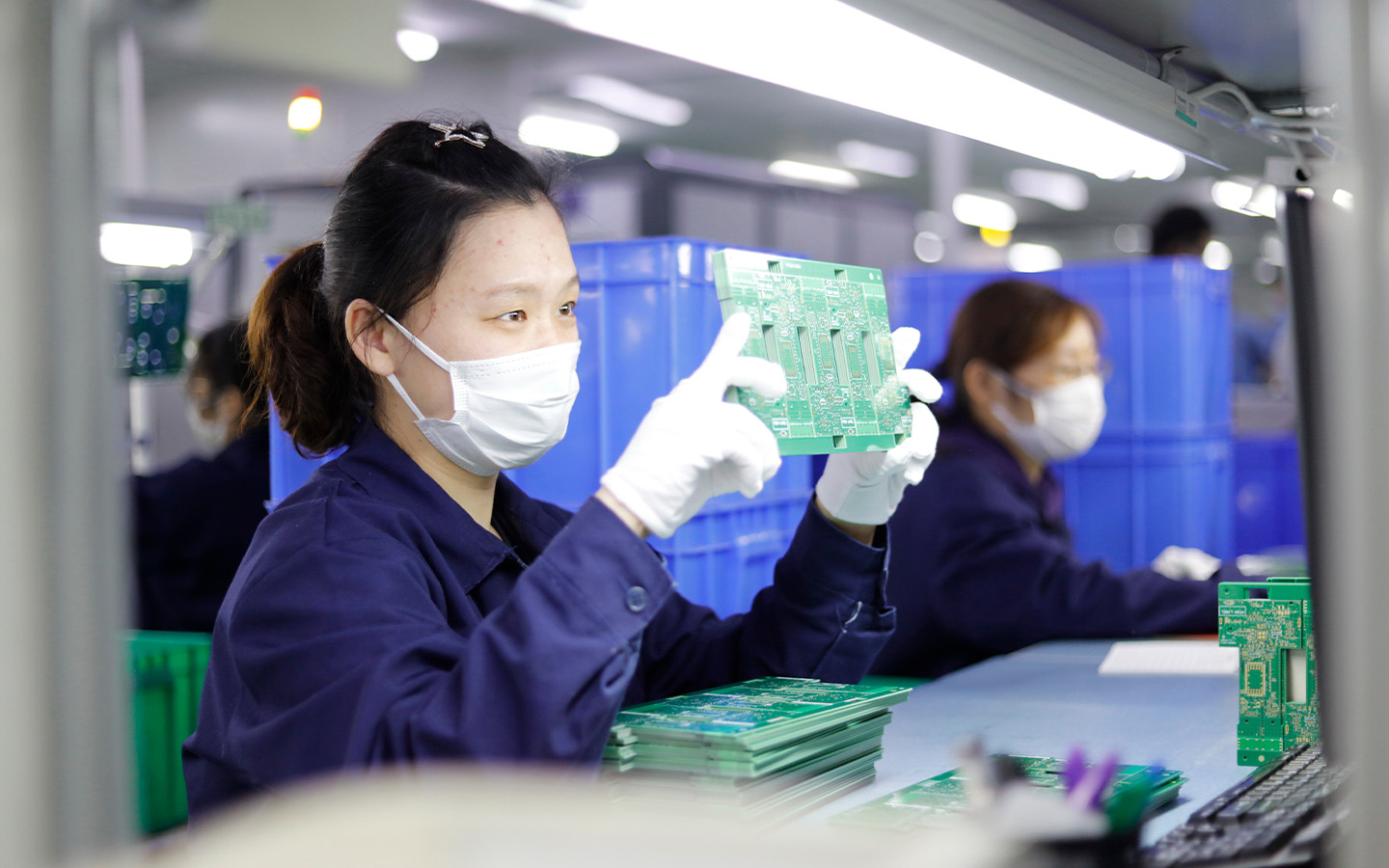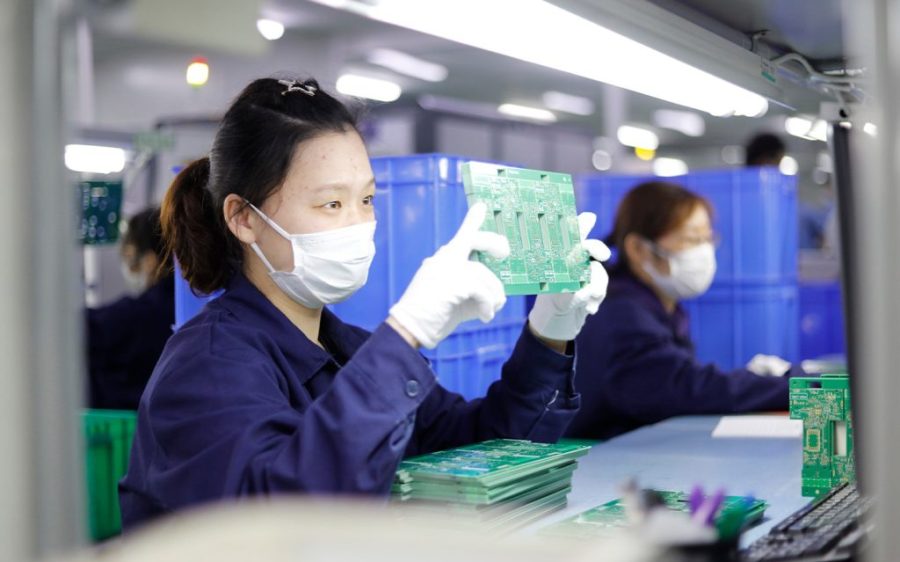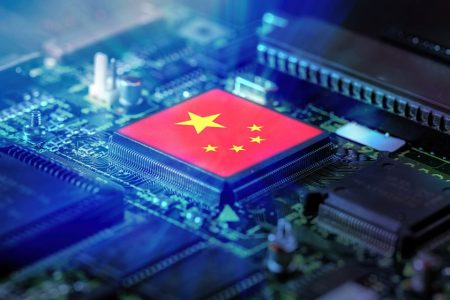A closely watched manufacturing barometer has moved higher for the second consecutive month, though remained below the pivotal 50-mark for the third straight reading. China’s PMI rose to 49.7 in June from 49.5 in May, according to a report released on Monday by the National Bureau of Statistics.
The new order sub-index improved 0.4 percentage points to climb into expansionary territory at 50.2, while the production sub-index came in at 51.0. The bureau also reported that among the 21 industries surveyed, 11 were above the 50-mark threshold, representing four more than the previous month.
Fiscal front-loading was behind the numbers, commented Morgan Stanley after the PMI release, as consumption trade-ins and infrastructure capital expenditure drove the uptick in the construction subcomponent. While the investment bank is pencilling in 5.0 percent GDP growth for the current quarter, a delayed recovery in service activity alongside fading export momentum should weigh on the economy, with third quarter growth expected to come in at 4.5 percent.
[See more: Trade-in scheme continues to uphold retail spending in China]
The data is triggering concerns about the trajectory of the Chinese economy grappling with a prolonged property slowdown and a deflationary backdrop, both of which predate the current tensions between the US and China. Consumer prices have been in negative (deflationary) territory for four consecutive months while industrial profits fell 9.1 percent in May.
“There is no sign that deflation is ending,” writes Jefferies equity strategist Christopher Wood in a research note, observing that policymaker’s push to facilitate new productive forces, a supply focused strategy, “has worked almost too well.”
The strategy now shifts to utilising extremely cheap technology as part of the productivity enhancement drive, like leveraging low cost open-sourced software platforms such as DeepSeek to facilitate a new wave of AI applications, many of which have the potential to be commercially viable and spur new sources of demand, he says.
Markets ignoring tariffs
The PMI release coincides with an agreement between US and Chinese officials aimed at reducing tariffs, though few details have been disclosed. July marks the end of the initial tariff reprieve, which was implemented shortly after reciprocal tariffs were introduced by Washington in April. In May, Chinese exports to the US tumbled 34 percent year-over-year in dollar terms, though overall goods sent overseas rose by 4.8 percent.
Markets have largely shrugged off these concerns as both valuations and the price recovery for risky assets reflects investor confidence that fundamentals outweigh policy headlines, says Steve Alain Lawrence, chief investment officer at Balfour Capital Group, speaking to Macao News.
[See more: OECD downgrades its 2026 China GDP growth forecast]
Despite macroeconomic concerns in China, Hong Kong’s Hang Seng Index has returned more than 20 percent this year as the city places itself as a leading listing venue. More than $13 billion in new capital has been raised in Hong Kong, according to Dealogic, with analysts forecasting between $22 billion and $25 billion to be raised this year.
According to Lawrence, equity markets like Hong Kong have benefited from the standoff between Washington and Beijing, positioning the financial hub as a liquid and accessible gateway to China’s long-term growth story.






